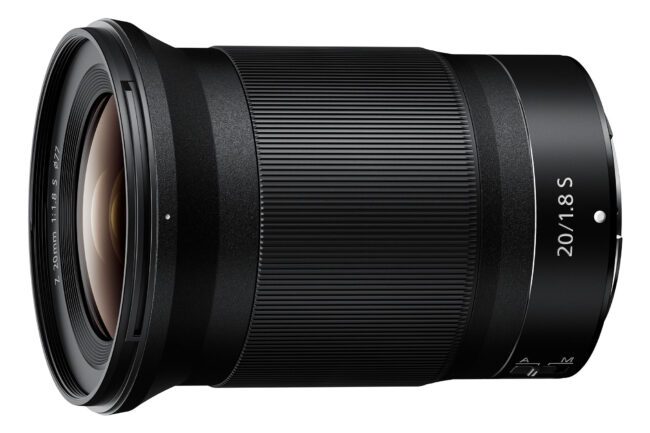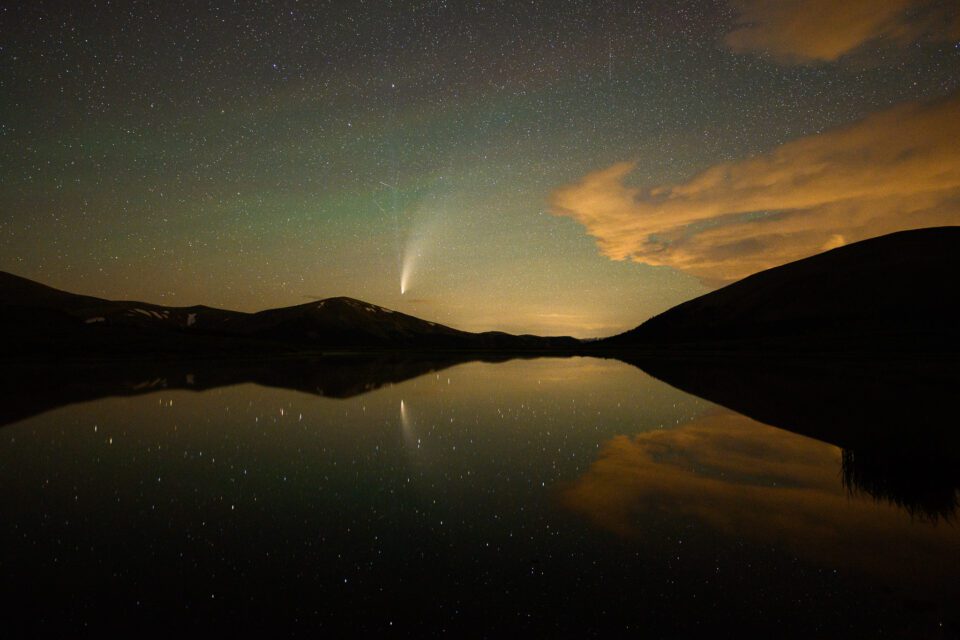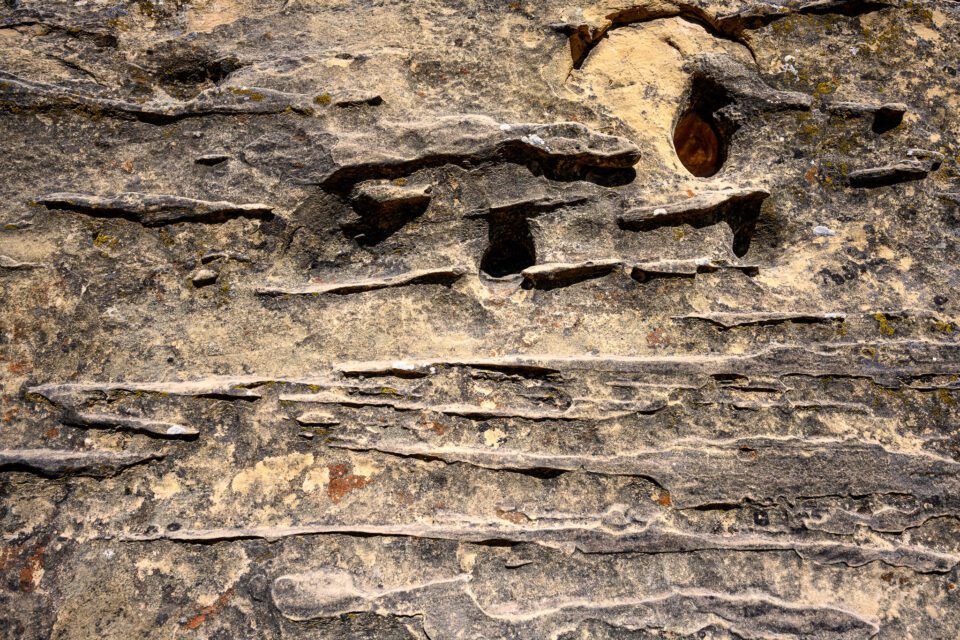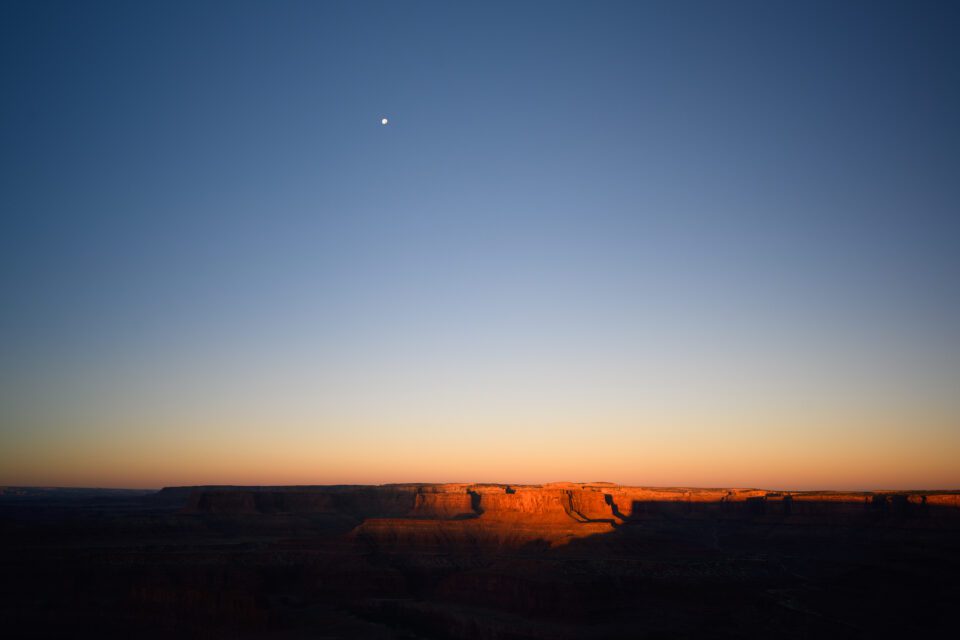[ad_1]
The Nikon Z 20mm f/1.8 S is a professional-grade ultra-wide-angle lens designed for landscape, architecture, and environmental portrait photography. Sporting an advanced optical formula comprised of 14 elements and Nikon’s top-of-the-line coatings, the NIKKOR Z 20mm f/1.8 S yields sharp, high-quality images on Nikon’s Z-mount mirrorless cameras. And as an “S-Line” weather-sealed lens, it is built to last, even in the harshest weather conditions. In this review, we will take a closer look at the lens and compare it to other Nikon lenses such as the Nikon F 20mm f/1.8G, Nikon Z 14-30mm f/4 S, and Nikon Z 24mm f/1.8 S.

For many years, I have been a huge fan of the Nikon 20mm f/1.8G lens. Nikon did a phenomenal job designing this lightweight, budget-friendly, and yet extremely sharp lens, making it a very popular choice among many landscape, astro and architecture photographers. So when I first heard about Nikon’s plans to design a 20mm f/1.8 lens for the Z mount, I was very excited, because I knew that Nikon would deliver something better than its predecessor – this has been the case with every Nikon Z lens release so far.

NIKON Z 7 + NIKKOR Z 20mm f/1.8 S @ 20mm, ISO 3200, 15 sec, f/1.8
The Nikon Z 20mm f/1.8 S is not a cheap lens at $1,050, especially when compared to the Nikon 20mm f/1.8G that often goes on sale below $800. However, keep in mind that despite having similar characteristics, the older 20mm f/1.8G is an enthusiast-grade lens like the rest of its f/1.8 F-mount siblings, whereas the Z 20mm f/1.8 S is a new-generation professional lens that is able to take advantage of modern high-resolution sensors. Other than the F-mount version, the closest competitor to the Nikon Z 20mm f/1.8 S is the Sigma 20mm f/1.4 Art, which retails for $899. I had a chance to briefly test the Sigma 20mm f/1.4 Art in the field for astrophotography needs and ended up returning it, because it suffered from heavy field curvature and banana-shaped coma – a common issue among most ultra-wide angle and wide-angle lenses. So the big question I had when testing out the Nikon Z 20mm f/1.8 S was its coma performance, which I talk about further down in this review.
Note: It is important to point out that Z-mount lenses such as the Nikon Z 20mm f/1.8 S are only designed to be used on Nikon’s Z-series cameras that have industry’s shortest flange distance of 16.0mm, which means that they cannot be adapted to any other camera system on the market today (see lens mounts explained for more information).
Nikon Z 20mm f/1.8 S Specifications
- Mount Type: Nikon Z Mount
- Focal Length: 20mm
- Maximum Angle of View (FX): 94°
- Aperture Range: f/1.8 to f/16
- Aperture Blades: 9 (rounded)
- Filter Size: 77mm
- Lens Elements: 14
- Lens Groups: 11
- Special Elements: 3 Aspherical, 3 ED
- Nano Crystal Coating: Yes
- Super Integrated Coating: Yes
- Electronic Diaphragm: Yes
- Focus Motor: STM Stepping Motor
- Internal Focusing: Yes
- Minimum Focus Distance: 0.2m (0.66 ft)
- Maximum Reproduction Ratio: 0.19x
- Weather/Dust Sealing: Yes
- Mount Material: Metal
- Dimensions: 84.5 x 108.5 mm (3.4 x 4.3 in.)
- Weight: 505 g (17.9 oz.)
For more information about the lens, please see the Nikon NIKKOR Z 24mm f/1.8 S page of our lens database.
As can be seen from the above specifications, the Nikon Z 20mm f/1.8 S consists of 14 elements in 11 groups, 3 of which are aspherical and 3 are extra-low dispersion (ED) elements. The Nikon Z 20mm f/1.8 S has a fast STM stepping motor, a rounded 9-blade diaphragm, and the lens is weather-sealed. In comparison, the Nikon 20mm f/1.8G has 13 elements in 11 groups, and one less of each type of special elements. In addition, the older F-mount version has a noticeably smaller footprint, and 7 rounded aperture blades vs 9, and other than the rubber gasket on the mount, it is not weather-sealed.
The Sigma 20mm f/1.4 Art has different specs, with 15 elements in 11 groups (two FLD, five SLD and two aspherical elements), a 9-blade diaphragm, and significantly heavier construction. Sigma has been making great lenses lately, but its obsession with sharpness certainly negatively affected the heft and the size of its Art-series lenses.

One other contender worth looking at is the Nikon AF 20mm f/2.8D manual focus lens, which Nikon still makes and sells today. Although it cannot be directly compared to the Z-mount and F-mount versions due to its f/2.8 aperture, it is still a great little lens that sells for $622 brand new and weighs a mere 270 grams. It has a simpler design with 12 elements in 9 groups. And if you don’t care about autofocus, there is even the Nikon 20mm f/2.8, which Nikon still makes today – it sells for $650 brand new.
Here is a quick comparison summary of the above-mentioned lenses:
| Lens Feature | Nikon Z 20mm f/1.8 S | Nikon 20mm f/1.8G | Nikon 20mm f/2.8D | Sigma 20mm f/1.4 Art |
|---|---|---|---|---|
| Camera Mount | Nikon Z | Nikon F | Nikon F | 5 Mounts |
| Elements / Groups | 14 / 11 | 13 / 11 | 12 / 9 | 15 / 11 |
| Special Elements | 3 ASPH, 3 ED | 2 ASPH, 2 ED | N/A | 2 ASPH, 2 FLD, 5 SLD |
| Coating | Nano, SIC | Nano, SIC | SIC | SML |
| Diaphragm | 9 (Rounded) | 7 (Rounded) | 7 (Rounded) | 9 (Rounded) |
| Filter Size | 77mm | 77mm | 62mm | N/A |
| Weight | 505g | 355g | 270g | 950g |
| Price | $1049 | $799 | $622 | $899 |
Note one very important difference in the above table – the Sigma 20mm f/1.4 Art has a pretty bulbous front element and therefore cannot take any filters, while all other lenses can. This alone is the reason why I personally wouldn’t buy it, as I use filters in the field quite a bit. You might not care about the inability to use standard filters as much as I do, so just keep this in mind.

Lens Handling and Build Quality
As expected from a modern high-quality Nikon lens, the Z 20mm f/1.8 S has a solid build with a metal base. It has a tough plastic shell, metal focus ring, and fully weather-sealed construction, so you can expect the lens to last for many years. Having previously used both metal and plastic lenses, I personally favor plastic lenses, since they are lighter and are easier to handle in cold weather conditions. The metal focus ring is not an issue for me personally as I rarely ever use it (thanks to the amazingly accurate focusing system on Nikon Z cameras). In fact, after seeing the rubber ring deteriorate and come off over time on some Nikon F lenses, I think Nikon did the right thing by eliminating it completely.
Since all Nikon Z lenses use focus-by-wire stepping motors, the focus ring is not coupled mechanically to anything, so it can be set up to perform different functions, including changing of lens aperture.
All Nikon Z mount lenses have a total of four locking ears for a very secure and tight attachment to the camera body. Because of this, the lenses fit tightly on Nikon Z-series cameras, with absolutely no detectable wobble on the mount. This is a very important design criterion for a modern digital camera system that helps prevent lens tilting on the mount.

The Nikon Z 20mm f/1.8 S has a rubber gasket on the mount to prevent dust and other debris from getting into the lens and the camera. On top of that, as I have already pointed out, the lens is fully sealed in a number of different areas in order to keep dust and moisture out. Having used the Nikon Z 20mm f/1.8 S in different environments, including rainy weather, it fared quite well and I have not seen any issues with its weather sealing so far.
The front filter thread is plastic and it does not rotate while focusing. Similar to its F mount version, the filter thread is able to take 77mm filters, which is great. The front element is slightly bulbous and it is not recessed deep inside, making it easy to clean and maintain when shooting in the field.
Just like its 24mm f/1.8 S brother, the Nikon Z 20mm f/1.8 S is noticeably longer than the F-mount 20mm f/1.8G lens. However, it is shorter and almost twice lighter compared to the Sigma 20mm f/1.4 Art. Another advantage is that you don’t have to use the FTZ adapter, which only adds more weight and bulk to the setup.
The plastic HB-72 bayonet hood is quite wide and does a good job of blocking sun rays from reaching the front lens element when the sun is overhead. It attaches, locks and unlocks easily, and if you want to reduce the footprint of the lens when storing it in your camera bag, you can attach it in the reverse position.

Autofocus Performance
Thanks to the “focus-by-wire” stepping motor, focusing on the Nikon Z 20mm f/1.8 S is fully electronic, which has its advantages and disadvantages. The key advantage is that focus is acquired extremely quickly and is very reliable when compared to focusing on DSLR cameras. The biggest disadvantage is Nikon’s current implementation of focus-by-wire, which basically resets the focus every time you turn the camera off and on. This can be annoying for some photographers out there, as they have to re-focus after turning the camera off. Personally, I found a workaround that works for me, which involves keeping the camera turned on and letting it go to sleep (I make sure to shorten my camera sleep timer so that it does not drain the battery). Waking up the camera by half-pressing the shutter release brings everything back and focus stays exactly where it was. I hope Nikon addresses this issue via a firmware update in the future, as it is an unnecessary nuisance.
Those who like to manually focus their lenses might be disappointed with the different feel of manual focus operation and a slight lag they might experience when manually rotating the focusing ring. Personally, I am not bothered by it as much after using the Z system so much, but I would still prefer Nikon to allow fine-tuning the focus ring in the future so that I can slow it down further for more precise focusing.

Copyright Spencer Cox
Overall, the focus-by-wire stepping motor (STM) has many advantages over the traditional silent-wave motor (SWM). In addition to being able to customize the focus ring behavior, it provides extremely quiet AF operation, fast focusing speed thanks to more powerful focus actuators, and superb AF precision. As we have previously reported in our Nikon Z7 review, autofocus precision has improved dramatically compared to DSLR cameras, especially when shooting in low-light conditions.

Copyright Spencer Cox
This is an important difference between Nikon mirrorless and DSLR cameras, as you end up with many more keepers over time. You no longer have to worry about focus accuracy and manual focus adjustments when using native Z-mount lenses. Unfortunately, focus accuracy with Nikon F lenses and FTZ adapter isn’t on the same level, as Nikon wanted AF performance of F-mount lenses to be very similar to DSLR cameras (this is why the Nikon Z cameras still have the AF Fine-Tune menu). In comparison, Nikon Z lenses do not have to be adjusted for focus accuracy, since focusing takes place on the sensor plane vs a separate phase-detection system.
[ad_2]
Source link
